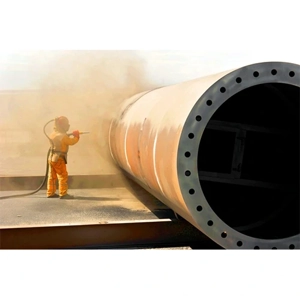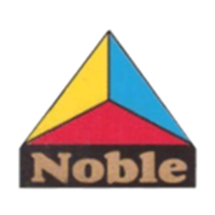Service Description : Surface Preparation- Sand blasting... Surface Preparation- Sand blasting is commonly used for surface preparation in various industries, including construction, automotive, aerospace, and manufacturing.Abrasive Media- While sand was traditionally used as the abrasive material, modern sand blasting may use a variety of abrasives, including aluminum oxide, steel grit, glass beads, and even water (water blasting).Equipment- Sand blasting equipment typically consists of a blasting gun or nozzle, a compressor or air supply, an abrasive container, and a system to recover and recycle the abrasive material.Safety Gear- Operators and anyone in the vicinity of the sand blasting process must wear appropriate safety gear, including goggles, respirators, gloves, and protective clothing, to prevent injury and exposure to abrasive materials and dust.Surface Cleaning- Sand blasting effectively removes rust, paint, scale, and other surface contaminants, leaving a clean and smooth substrate for further treatment or coating.Roughening Surfaces- In addition to cleaning, sand blasting can be used to roughen surfaces to improve adhesion for paint, coatings, or bonding processes.Controlled Process- The sand blasting process can be controlled in terms of the abrasive material used, the pressure, and the angle of application, allowing for precision in surface treatment.Environmental Considerations- Proper containment and dust collection systems are essential to prevent environmental contamination and to comply with regulations regarding air quality and waste disposal.Maintenance- Regular maintenance of sand blasting equipment is crucial to ensure its proper functioning and safety. This includes inspecting hoses, nozzles, and protective gear.Alternative Methods- In addition to traditional abrasive blasting, there are alternative methods such as soda blasting (using baking soda), dry ice blasting (using solid carbon dioxide), and vapor blasting (using water and abrasive) that offer different advantages for specific applications.






